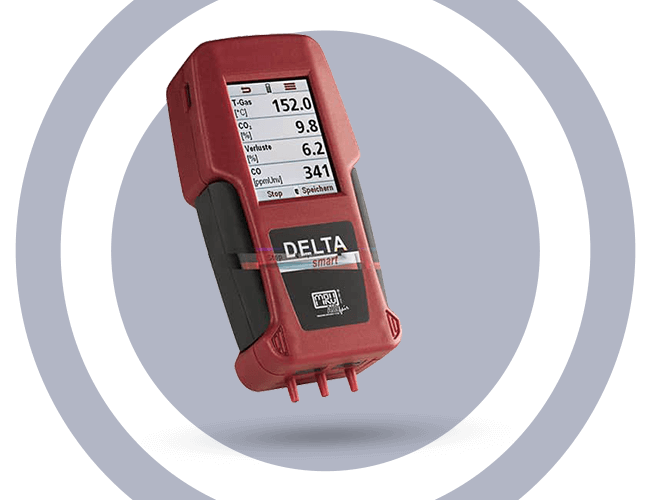- Home
- About
- Solutions
- Emission-monitoring
- Biogas Analysis
- Syngas Analysis
- Combustion Optimisation Systems
- Mercury Monitoring
- Ambient Air Monitoring
- Material Handling
- Efficiency Monitoring
- Pressure & Flow Measurement
- Meteorlogy
- Water Quality Monitoring
- Source & Stack Testing
- Cement Testing Equipments
- Test & Measurements
- Work with Us
- Blog
- Contact Us

Solution
Home | Solution


